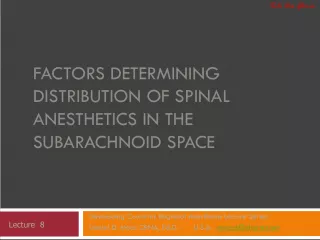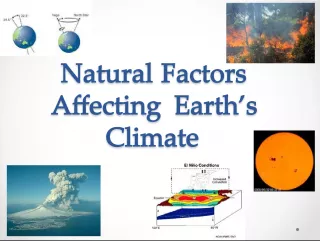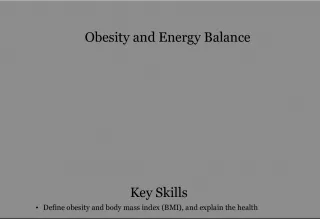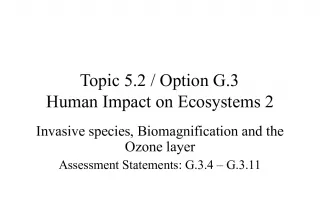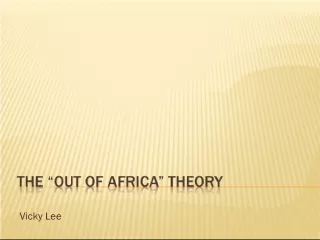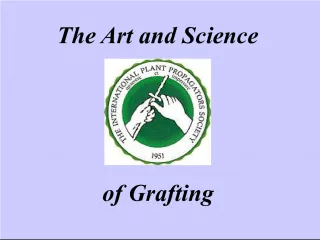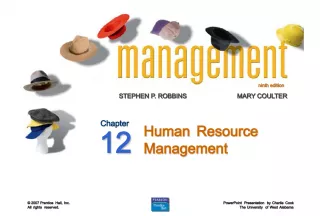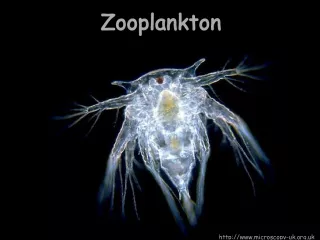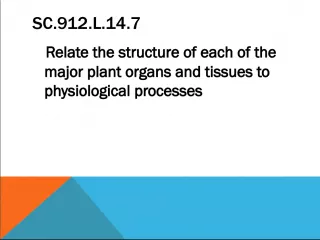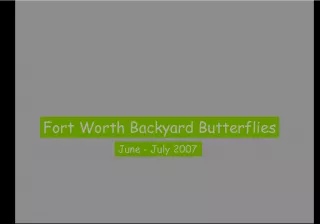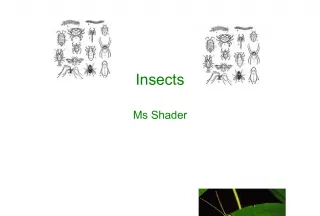Factors Affecting Plant Species Distribution


This article outlines the various factors that influence the distribution of plant species in different ecosystems. These factors include temperature, water availability, light intensity, soil pH, salinity, mineral nutrients, competition
- Uploaded on | 4 Views
-
 constance44
constance44
About Factors Affecting Plant Species Distribution
PowerPoint presentation about 'Factors Affecting Plant Species Distribution'. This presentation describes the topic on This article outlines the various factors that influence the distribution of plant species in different ecosystems. These factors include temperature, water availability, light intensity, soil pH, salinity, mineral nutrients, competition. The key topics included in this slideshow are . Download this presentation absolutely free.
Presentation Transcript
Slide1Option G continued
Slide2Outline the factors that affect the distribution of plant species, including temperature, water, light, soil pH, salinity and mineral nutrients.
Slide3QuestionList four factors that affect the distribution of plant species (4)
Slide4pH of soil; water /humidity; light; temperature; salinity; mineral nutrients; competition; altitude; pollinating agents; predators / parasites; slope;
Slide5Explain the factors that affect the distribution of animal species, including temperature, water, breeding sites, food supply and territory.
Slide6Explain the factors that affect the distribution of an animal species. (5)
Slide7distribution affected by both abiotic and biotic factors; animals are adapted to specific temperatures / animals that maintain internal body temperature have a wider distribution than those that do not / animals require special adaptations to live in extreme temperature environments; some animals are aquatic and can only live in/near water / only animals adapted to dry environments will live there / some adapted to fresh water others to salt water; animals require/defend territory for breeding/feeding sites; animals will congregate near food supply; competition/predation may cause animals to live in areas other than their preferred areas / interactions between species / mutualism; human activities such as urban/industrial development / intensive agriculture / deforestation / desertification / conservation / pollution / use of insecticides / molluscicides / trapping / poisoning / shooting larger animals;
Slide8Explain what is meant by the niche concept, including an organism’s spatial habitat, its feeding activities and its interactions with other species. a niche is the place where an organism lives and the roles that it plays in its habitat
Slide9Explain the principle of competitiveexclusion. One species totally outcompetes another species. A garden overrun by weeds.
Slide10Distinguish between fundamental and realized niches. The fundamental niche of a species is the potential mode of existence, given the adaptations of the species. The realized niche of a species is the actual mode of existence, which results from its adaptations and competition with other species.
Slide11Distinguish between fundamental and realized niches. (2)
Slide12a niche is the place where an organism lives and the roles that it plays in its habitat; fundamental niche of a species is the potential mode of existence while realized niche of a species is the actual mode of existence; fundamental niche depends on species’ adaptations while the realized niche also depends on competition with other species;
Slide13Explain the use of biotic indices and indicatorspecies in monitoring environmental change. Indicator species – plants and animals that show something about the environment. Through their presence, absence, abundance or scarcity. Early warning signs that something is changing in the environment. Canary in the mine – indication no oxygen. Tubifex – metals Chironomis thrive in low oxygen levels Calculate biotic index 1-10 gives a measure of quality of an ecosystem by presence of abundance of species.
Slide14Evaluate the use of indicator species in monitoring environmental changes. (6)
Slide15indicator species sensitive to/need specific environmental conditions to survive; monitor population size of indicator species over time; biotic index can be calculated; low overall score when abundance of tolerant species / lack of indicator species / vice versa; represent summation of factors/overall assessment of environmental conditions; time consuming / species not easy to identify (need keys) / species may not be present for other reasons such as season / another disadvantage; methodology is simple / minimum equipment needed; needs a reference study/guide to compare; example of variable e.g. oxygen level / temperature / heavy metals / sulphur dioxide in air / other; example of appropriate indicator species e.g. Tubifex to heavy metals / Chironomis to low oxygen levels / lichens to sulphur dioxide / other; [6 max]
Slide16Outline the factors that contributed to theextinction of one named animal species. Tasmanian tiger – marsupial similar to a wolf. Found only in Australian island of Tasmania. Lived 12-14 years and had 2-4 young per year. Competition Dingos for food and habitat on mainland Australia. Killed by farmers because they hunted sheep. 1900 bounties were paid to kill species. Last captive animal died. Sept 7 th , 1936. Dogs have taken the place of the tiger in the ecosystem.
Slide17Dodo bird Large flightless bird, not afraid of humans, ground nesting bird, with no predators. ( stand there and be clubbed to death no moving) 1505 Portuguese sailors discovered birds on Mauritius. Used as a restocking point between Portugal and Indies. Ate Dodos as fresh meat source. Later island used as penal colony, rats, pigs, monkeys were introduced. Animals ate dodo eggs and humans killed birds for food. Conversion of forest to plantations destroyed habitat. 1681 date extinct.
Slide18Outline the biogeographical featuresof nature reserves that promote the conservation of diversity. Limit this to edge effects, size and habitat corridors. Large nature reserves usually promote conservation of biodiversity more effectively than small ones. The ecology of the edges of ecosystems is different from the central areas due to edge effects. An example of an edge effect is the egg- laying habits of the cowbird of the western United States. It feeds in open areas, but it lays its eggs in the nests of other birds near the edges of forests. Fragmentation of forests has led to a considerable increase in cowbird populations because of the increase in forest edge. Wildlife corridors allow organisms to move between different parts of a fragmented habitat, for example, tunnels under busy roads.
Slide19Discuss the role of active managementtechniques in conservation. Captive breeding zoos. Botanical gardens and seed banks Designing protected areas – Large or small? Read Pages 128-129
Slide20Discuss the advantages of in situ conservation of endangered species (terrestrial and aquatic nature reserves). Outline the use of ex situ conservation measures, including captive breeding of animals, botanic gardens and seed banks. Read pages 125-127 in book
Slide21Outline the use of two named ex situ conservation measures. (4)
Slide22name; use; [4] example 1: name: zoos; captive breeding of animals / permits assisted reproductive methods / use of modern technology; example 2: name: botanic gardens; allows for protected growth of plants / protected from extreme climatic conditions / provision of all necessary conditions; Award [1] for name and [1] for its use. Accept other suitable examples.
Slide23Distinguish between r-strategies and K-strategies. An r-strategy involves investing more resources into producing many offspring, having a short life span, early maturity, reproducing only once and having a small body size. A K-strategy involves investing more resources into development and long-term survival. This involves a longer life span and late maturity, and is more likely to involve parental care, the production of few offspring, and reproducing more than once
Slide24Discuss the environmental conditionsthat favour either r-strategies or K-strategies.
Slide25Discuss conditions that favour K-srategies. (5)
Slide26K-strategists require more resources; are long-lived; are large, therefore need large habitats; slow maturation, therefore require longer protection from predators; more care for offspring / small number of offspring; require stable habitat; usually have stable population size; perform better in an environment with high levels of competition/no vacant niches; examples are: elephants / parrots / whales / Arctic tern / tortoise / other correct example;
